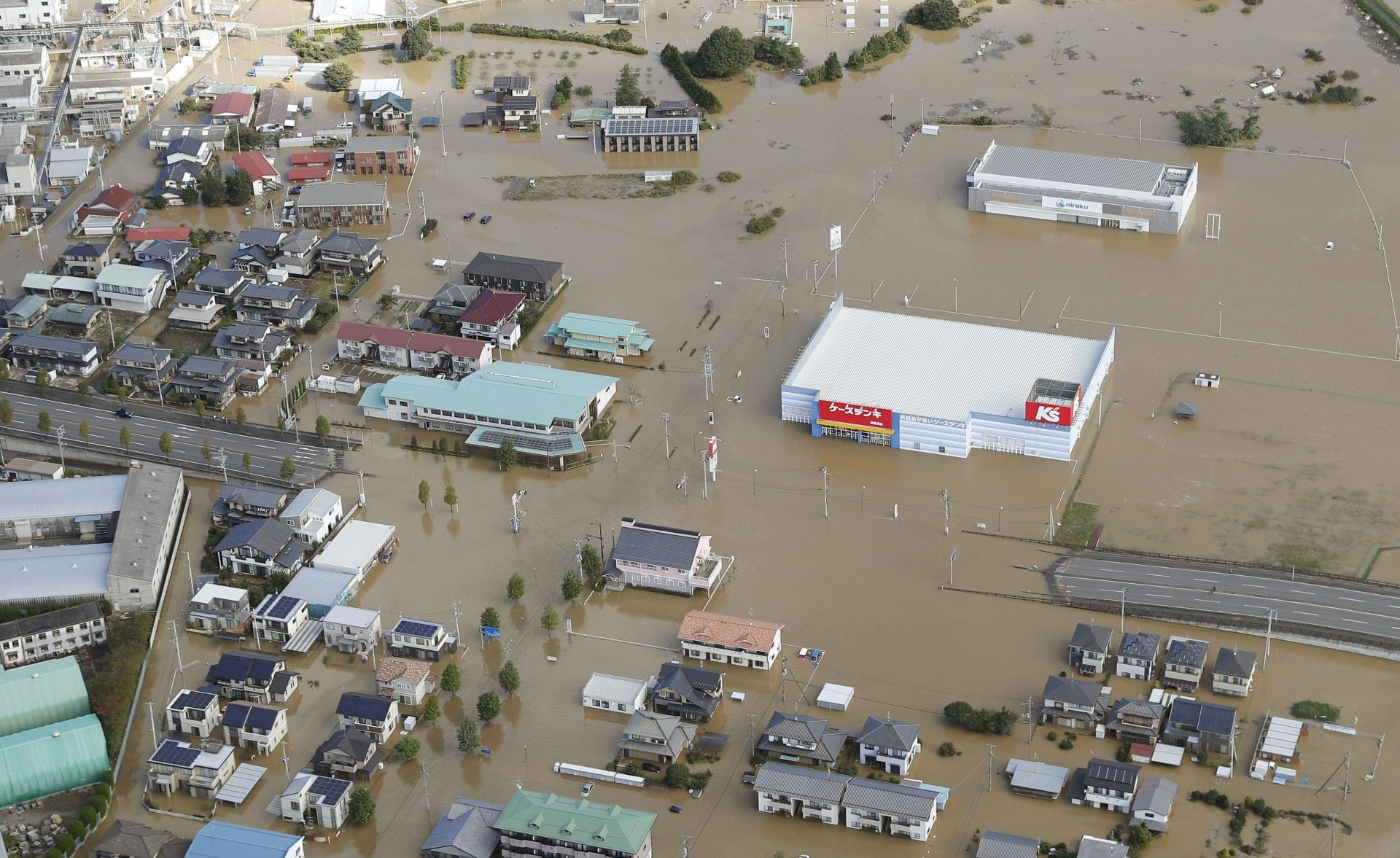Japan’s Fukushima Prefecture was hit hard by the earthquake, tsunami and nuclear disaster in the “Great Earth 311 Earthquake in 2011”. In the past eight years, it has been hard to rebuild, and it has finally achieved some results. Recently, it was destroyed by the typhoon Haibeisi. The typhoon caused 77 people to die on the 17th, of which 27 people were killed in Fukushima Prefecture, and the number of deaths was the highest in the counties. Some of the houses that were damaged and rebuilt 8 years ago have been flooded. The old people in the county are facing the broken and muddy houses, unable to organize them, and have given up their hopes of moving.
Strong Taiwan flooded 700 buildings, some people plan to move
When the typhoon struck on the 13th, the Awha-gawa River in Fukushima Prefecture collapsed and drowned 700 houses. Reuters reported that the head of the bridge for Fukushima, the volunteer group who went to Fukushima to help the residents clean up their homes, said: “The old people told me that they are going to give up. As the Japanese population ages, the social network that supports the community will begin to collapse.”
The total population of Fukushima Prefecture is decreasing, and the elderly over 65 years old account for nearly one-third of the total population. Chang Zeguang, the social welfare official of Yida City, Fukushima Prefecture, also pointed out that the 170 people who remained in the shelters were almost all elderly people.
Japan’s Kyodo News reported that the number of deaths caused by Haibeisi has increased to 77 on the 17th. Many of the victims were drowned by the flood of ten rivers. The number of deaths was the highest among the 27 people in Fukushima Prefecture. Prime Minister Shinzo Abe has promised to invest. 710 million yen helped rebuild.
The elderly are unable to clear their homes
At present, the Volunteer Group and the IDA officials are recruiting volunteers to help the elderly clean up their homes. Ten college students responded to the call to help Yakuno, a 78-year-old, with her daughter Okazaki Yumi. The residence of Taniguchi flooded the second floor, and the water receded after three days. Jianyi Jianyi pointed out that more than 300 families will need volunteer help in the next few weeks, and said that “each house needs 10 people to clean up for about three days”, but he said that because of the wide range of Haibeisi disaster areas, he can go to Fukushima. There will be a shortage of volunteers to help.
Taniguchi, who used to live alone, but has been living with her daughter since the flood, seems to have lost hope. She sat in the broken living room and said, “I don’t know what to do. When I drove away, I only brought my mobile phone and driver’s license. And the wallet. Everything I have was ruined.” She didn’t think the house could be restored, saying that she might tear down the house and move out of the area.
The owner of the garage wants to cry: only pay off the strong earthquake loan
For the 49-year-old resident of Fukushima Prefecture, Ryuuma Saku, the typhoon was the last straw to kill him. The record-breaking rainfall caused a river near the home to break the embankment, drowning the first floor of his home and destroying everything. He is the third-generation owner of an auto repair shop in the industrial city of Koriyama, Fukushima Prefecture.
Eight years ago, the strong earthquake hit Liu Yusuke’s repair shop. He loaned 20 million yen for reconstruction and just paid off the loan two years ago. But the flood destroyed the equipment in his garage. The entire plant, the stored tires, the rim cover and the oil tank were covered with mud. He was not sure if he could revive his energy to rebuild the garage. “I think maybe it should end. “”.
The nuclear waste bag was washed away and recovered.
The Japanese government and many city officials in Fukushima have recently announced that Fukushima has recovered from the disaster in 2011. But critics say the above is too optimistic. The cleanup of the Fukushima Daiichi nuclear power plant with nuclear disasters has not yet been completed, and the government has not yet decided how to handle more than 1 million tons of nuclear sewage stored in nearly 1,000 water tanks.
In addition, after the nuclear accident, the soil cleared from the land that may be exposed to radiation is still stored in millions of industrial plastic bags. In Tamura City, Fukushima Prefecture, the bags were washed away from the temporary storage area by the flood, but fortunately they were recovered and not damaged.
In order to recover from the typhoon, Fukushima Prefecture must now carry out more intensive clean-up work, especially a stadium about 88.5 kilometers west of the first nuclear power plant, which is the venue for the baseball game held next year at the Tokyo Olympics.
In Koriyama, less than 72 kilometers from the First Nuclear Power Plant, some of the facilities that were destroyed eight years ago were damaged last weekend, such as a hospital that was destroyed by a strong earthquake that was flooded this time.












